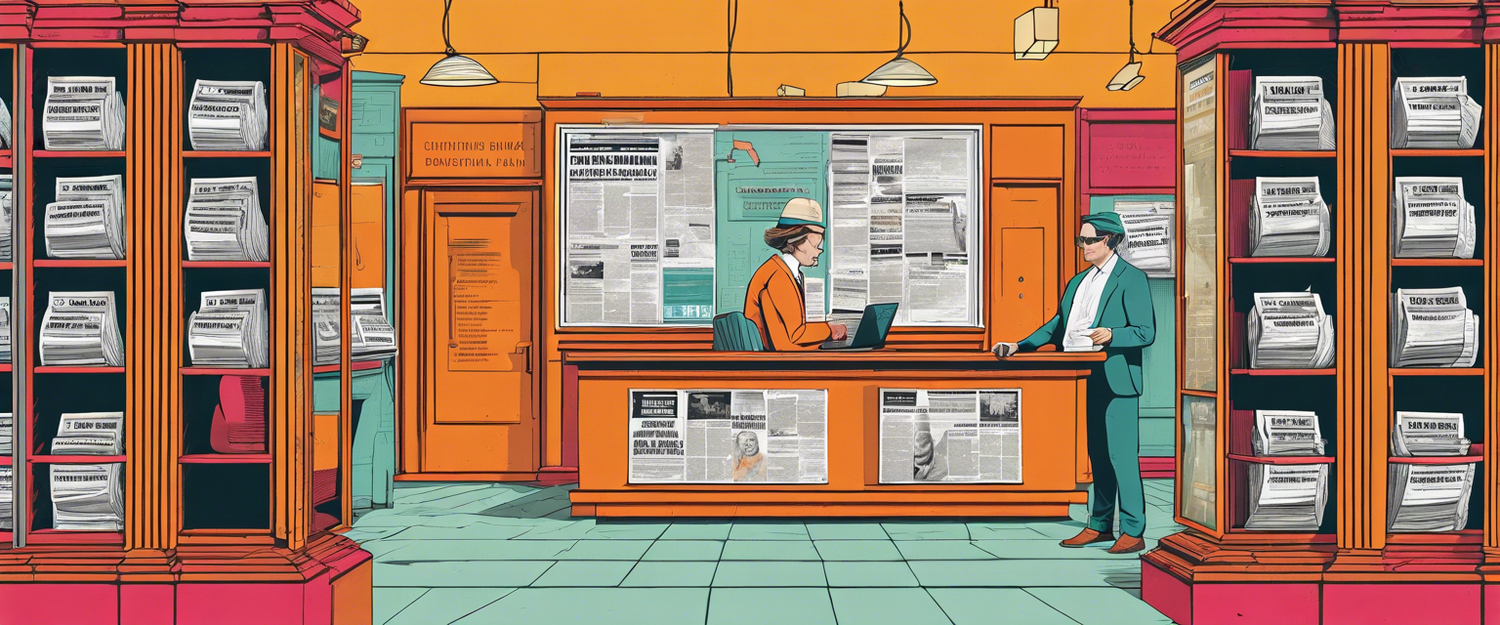Digital Commercial Paper Issuance: A Trend in Modern Banking
The landscape of finance is evolving rapidly with the advent of blockchain technology. Recently, two major Dutch banks, ABN AMRO and Rabobank, have participated in the issuance of digital commercial paper, marking a significant step forward in the adoption of digital assets within traditional banking. This initiative is not merely a transactional shift but a part of a broader experiment by the European Central Bank (ECB) to explore the capabilities of distributed ledger technology for wholesale settlements.
Tokenization on Clearstream D7 DLT Platform
The digital commercial paper was tokenized on Deutsche Börse's Clearstream D7 DLT platform, showcasing a sophisticated integration between traditional banking operations and modern blockchain technology. Tokenization, the process of converting rights to an asset into a digital token, allows for enhanced security, transparency, and efficiency in transactions.
Overview of the ECB's Experiment
This transaction is part of the ECB's ongoing exploration into how distributed ledger technology can be utilized for wholesale settlements using central bank money. Such experiments are essential for understanding the implications of digital currencies and their integration into the existing financial framework.
ABN AMRO's Vision for Future Issuances
ABN AMRO has shown a clear preference for issuing digital bonds on public blockchains, specifically citing Ethereum, Stellar, and Polygon as potential platforms. This strategy not only aligns with global trends towards decentralization but also provides increased transparency and accessibility to their financial products.
Advantages of Public Blockchains
- Transparency: Transactions on public blockchains are visible to all, ensuring trust and reducing the risk of fraud.
- Decentralization: Reduces reliance on a single point of failure, enhancing security.
- Accessibility: Wider reach for investors, allowing participation from a broader base.
The Future of Finance: Embracing Digital Assets
The participation of established banks in digital asset issuance indicates a significant shift in the perception of cryptocurrencies and blockchain technology within the financial sector. As these trends continue to evolve, both consumers and investors can expect more innovative financial products that combine the strength of traditional banking with the flexibility of modern technology.
Conclusion
The move by ABN AMRO and Rabobank to engage in digital commercial paper issuance not only showcases the potential of blockchain in banking but also sets a precedent for future operations. As we witness more collaborations between traditional financial institutions and blockchain platforms, the future of digital finance looks promising.



Leave a comment
All comments are moderated before being published.
This site is protected by hCaptcha and the hCaptcha Privacy Policy and Terms of Service apply.